15. August, 2025delish0
Wrinkle issues occur during hot stamping foil slitting and are usually related to factors such as material tension control, equipment accuracy, and process parameters. To solve this industry problem, a high-performance device needs to be optimized from the following aspects:
First, the main reason for wrinkling hot stamping foil
1. Uneven tension control
◦ Unwinding/unwinding tension is unstable during slitting, resulting in lateral shift or uneven longitudinal stretching of the film.
◦ The material itself has low tensile strength (e.g., PET aluminized layer is too thin).
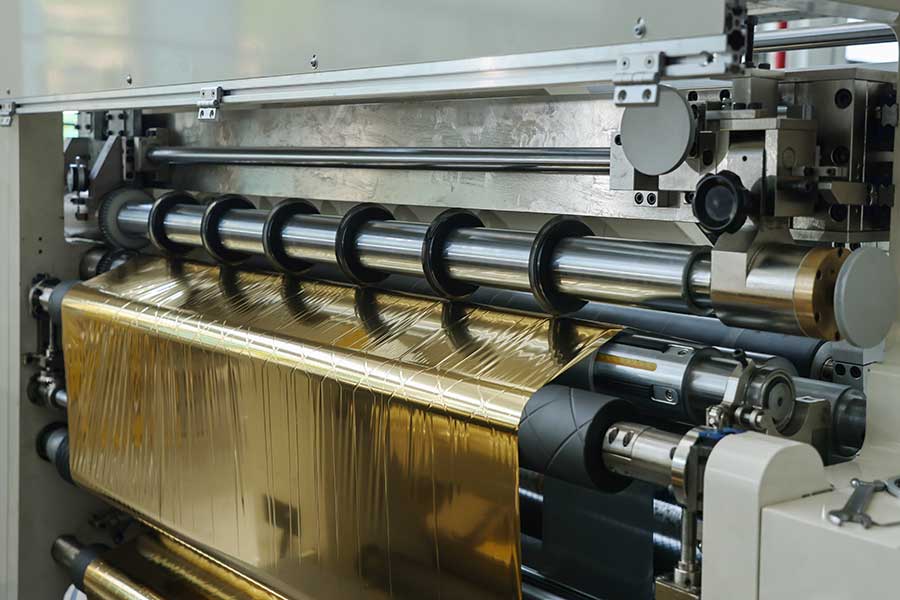
2. Insufficient accuracy of the equipment
◦ Radial runout due to poor parallelism of the slitting knife shaft and bearing wear.
◦ The surface of the guide roller is uneven or the dynamic balance is not up to standard.
3. Improper process parameters
◦ The slitting speed does not match the tension (it is easy to fluctuate during high-speed slitting).
◦ Temperature effects (some foil stamping foils are sensitive to ambient temperature and humidity).
4. Material properties
◦ Substrates (such as PET, OPP) have low elastic modulus and are easy to deform.
◦ Uneven thickness of the aluminum plating layer or adhesive layer.
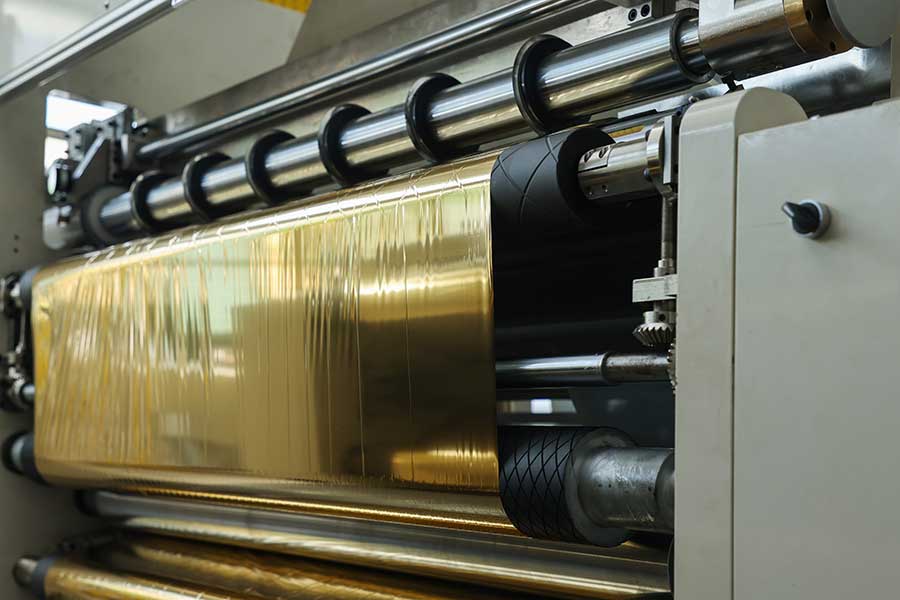
Second, solutions for high-end equipment
A high-quality hot stamping foil slitting equipment needs to have the following core technologies:
1. High-precision tension control system
• Closed-loop tension control: Servo motor + magnetic particle brake is used to adjust the unwinding/rewinding tension with real-time feedback (accuracy up to ±0.5%).
• Segmented tension control: Automatically adjusts edge tension according to the slitting width to avoid local stress concentration.
• Pre-Stretch Adjustment: Add a flattening roller (e.g., arc or bow roller) to eliminate internal stresses on the material.
2. Mechanical structure optimization
• High rigidity tool holder: Linear guide rail + pneumatic knife pressure device is used to ensure blade parallelism (error ≤ 0.005mm).
• Dynamic balanced guide rollers: made of aluminum alloy, with hard chrome or ceramic coating on the surface, radial runout ≤ 0.01mm.
• Guiding System (EPC): Infrared or CCD automatically detects edge offset and adjusts material position in real time.
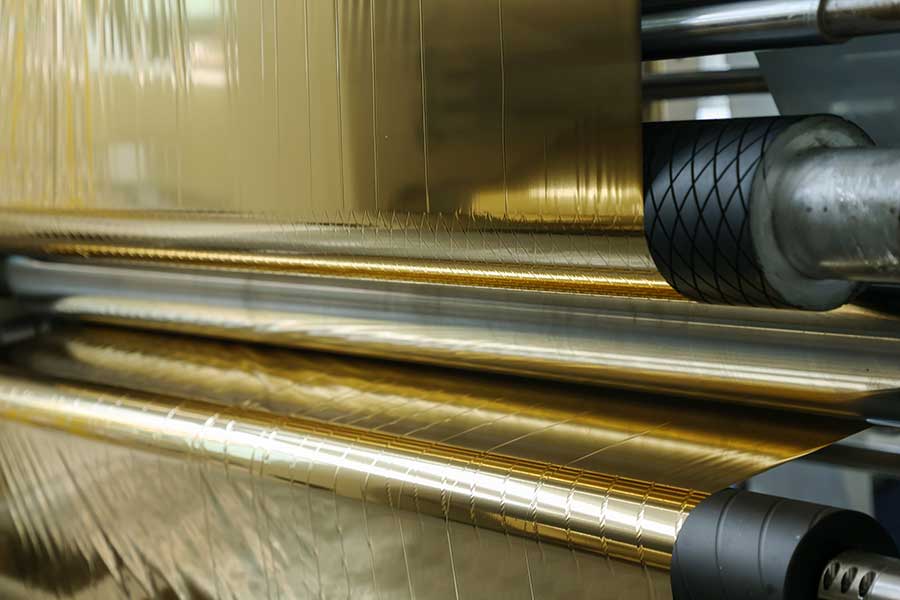
3. Intelligent process adaptation
• Self-learning of speed-tension curves: automatically matches the optimal slitting parameters according to the material type.
• Temperature and humidity compensation: built-in environmental sensor to adjust the temperature and humidity of the slitting area (e.g. 25°C±2°C).
4. Material adaptability design
• Multi-stage heating roller: For easily deformed hot stamping foil, slitting after preheating can reduce stress deformation.
• Static Eliminator: Avoids film adsorption and wrinkles.
Third, operation and maintenance suggestions
1. Before slitting: check whether the material coil core is round, and pre-place the coil for 10 meters to eliminate invisible damage.
2. During slitting: the initial speed is set to 60% of the normal value, and the speed is gradually increased to a stable state.
3. Maintenance: Clean the guide rollers weekly and calibrate the tool parallelism every 500 hours.
Through the above technical means, high-end slitting equipment can reduce the wrinkle rate of hot stamping foil from more than 5% to less than 0.3% of traditional equipment, and improve the slitting efficiency by more than 30%. When selecting equipment, focus on tension control accuracy and mechanical rigidity, and fine-tune parameters based on actual material properties.



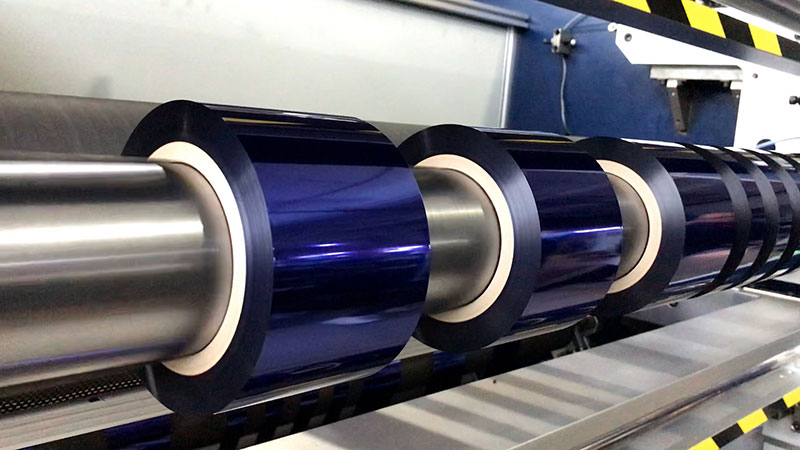
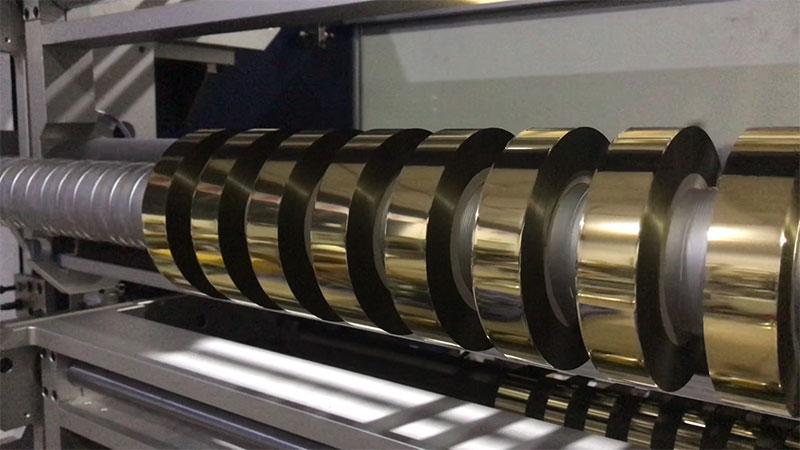
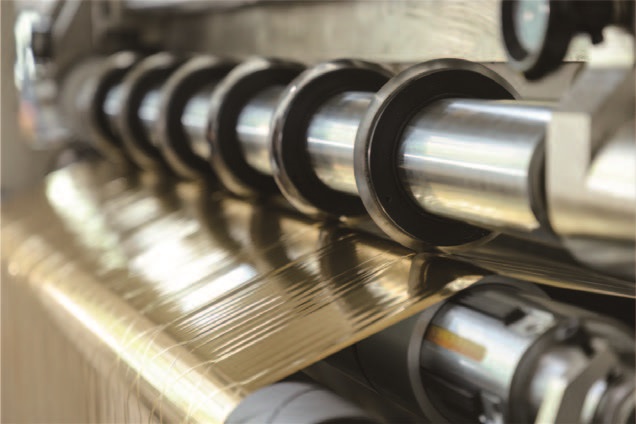
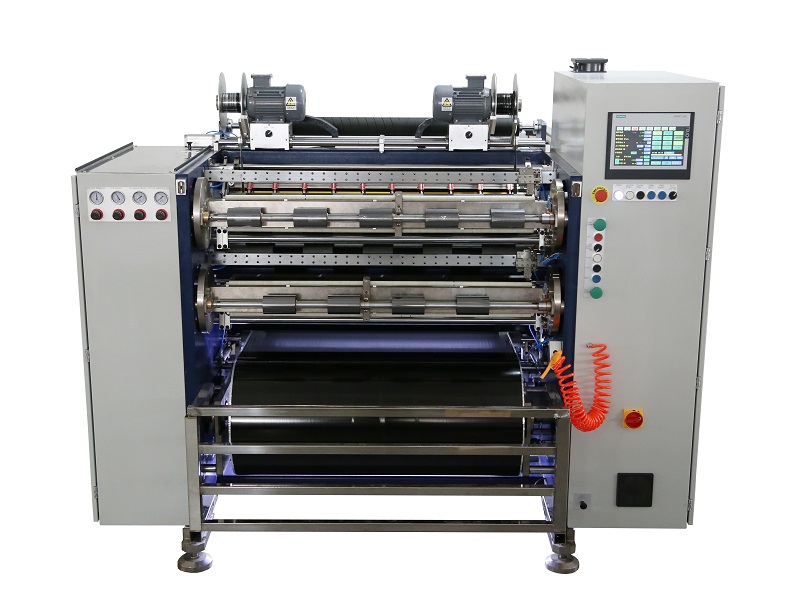 Fully Automatic TTR Slitter RSDS8 Plus
Fully Automatic TTR Slitter RSDS8 Plus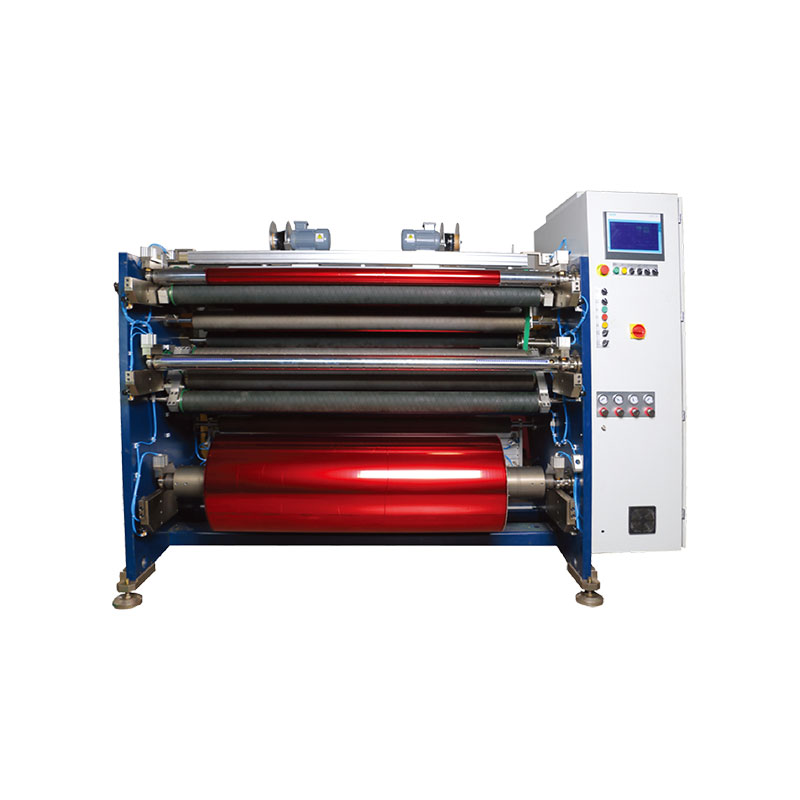 Hot Stamping Foil Slitter 1600mm
Hot Stamping Foil Slitter 1600mm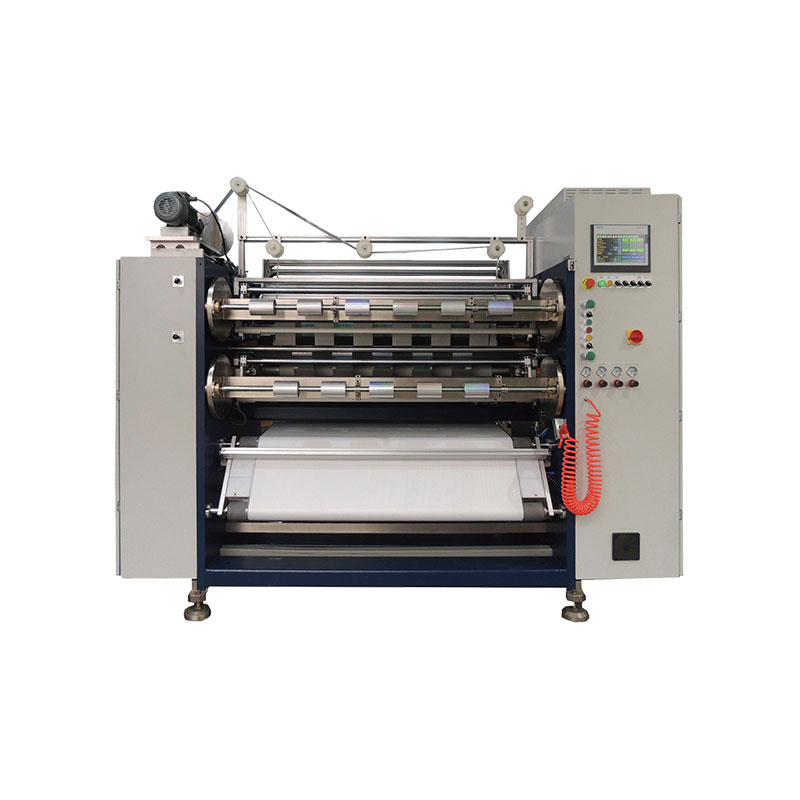 Hot Stamping Foil Slitter (4 Shafts)
Hot Stamping Foil Slitter (4 Shafts)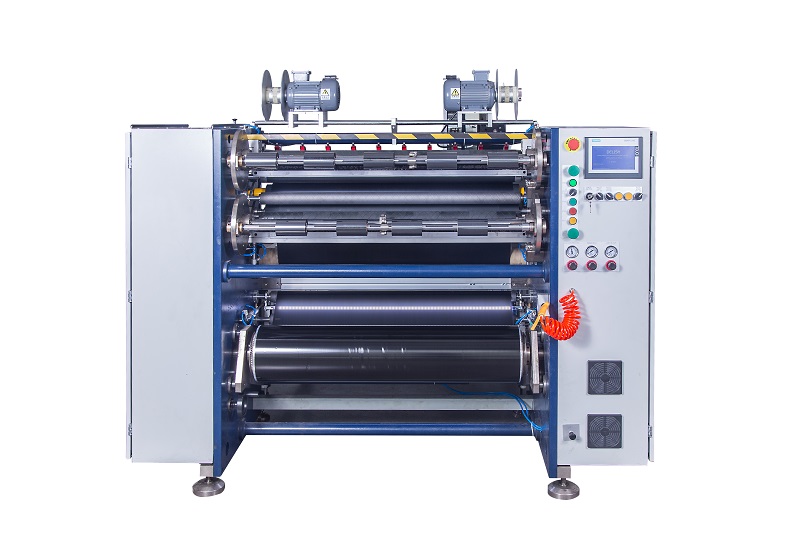 Semi-Auto TTR Slitter RSDS2 Plus
Semi-Auto TTR Slitter RSDS2 Plus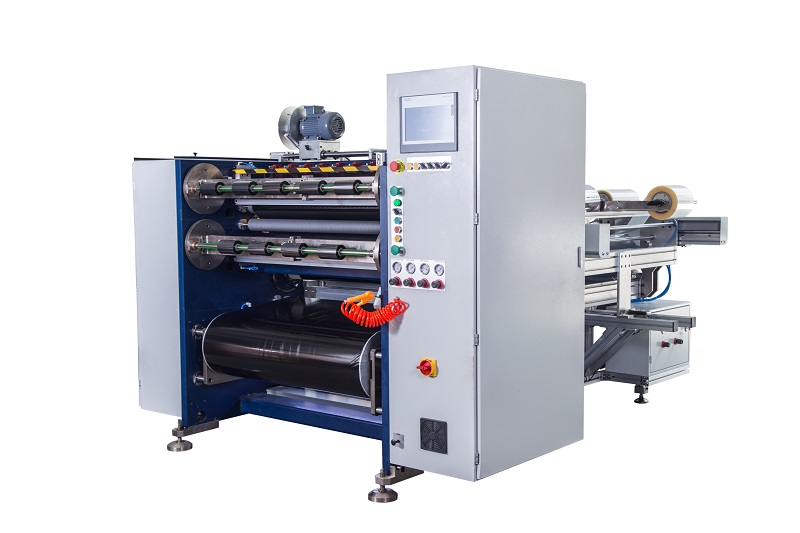 Semi Automatic TTR Slitter RSDS5 Plus
Semi Automatic TTR Slitter RSDS5 Plus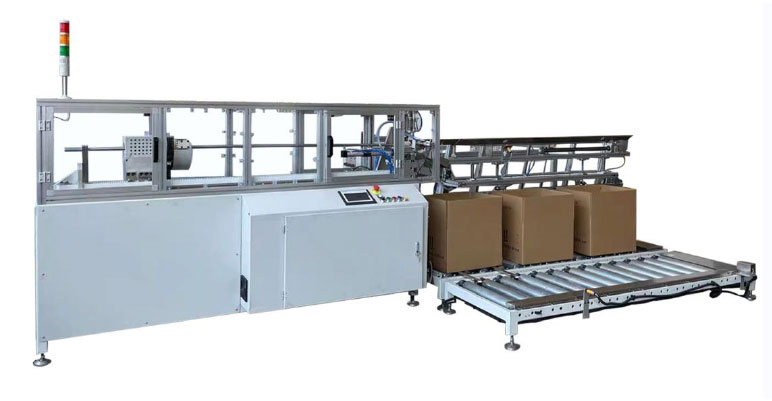 Auto Paper Core Cutter
Auto Paper Core Cutter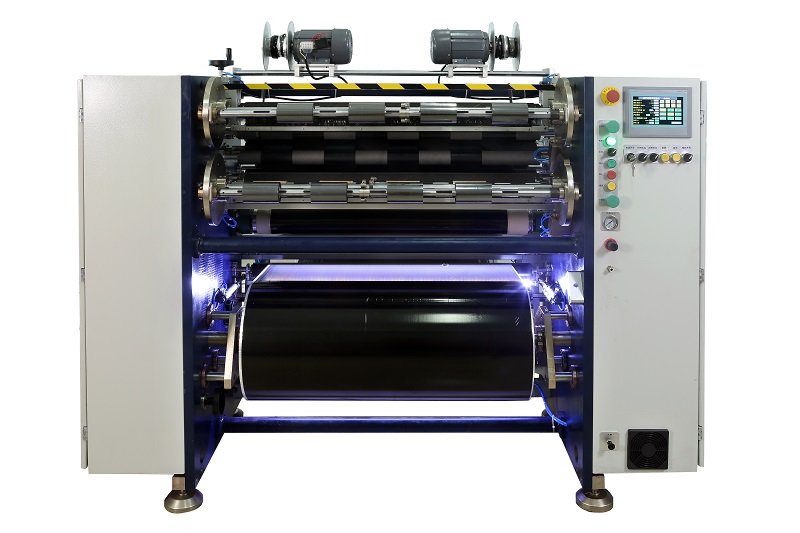 Manual TTR Slitter RSDS2
Manual TTR Slitter RSDS2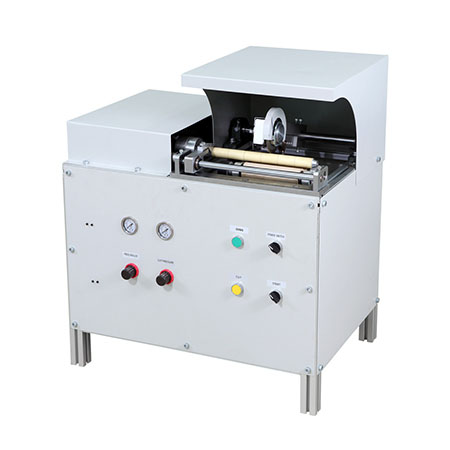 Manual Paper Core Cutter
Manual Paper Core Cutter





